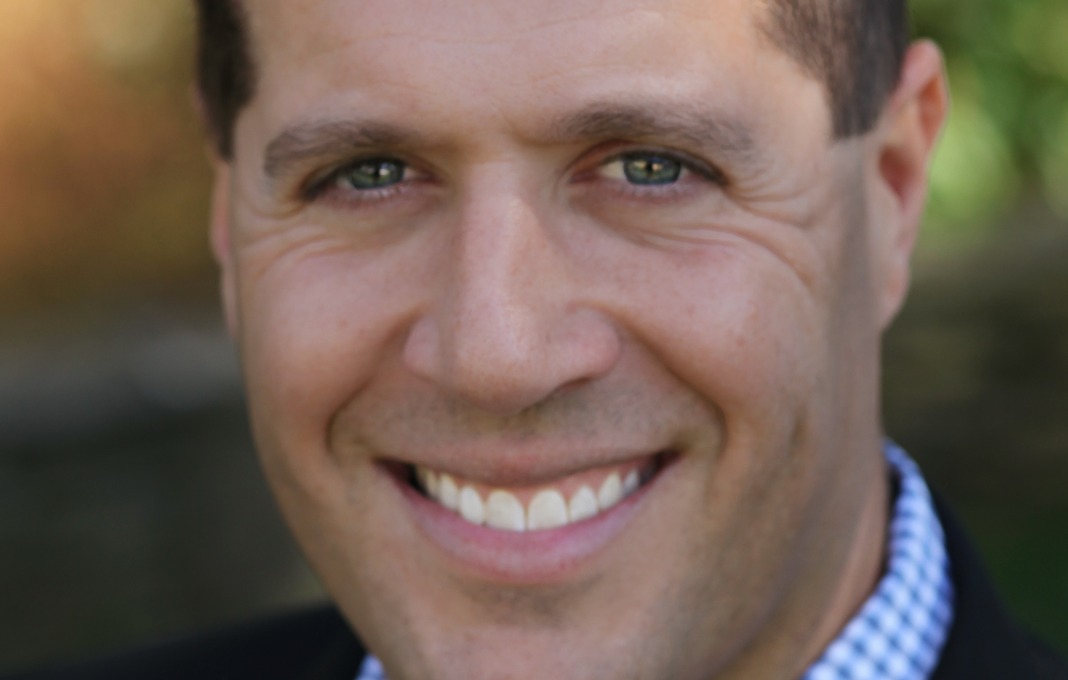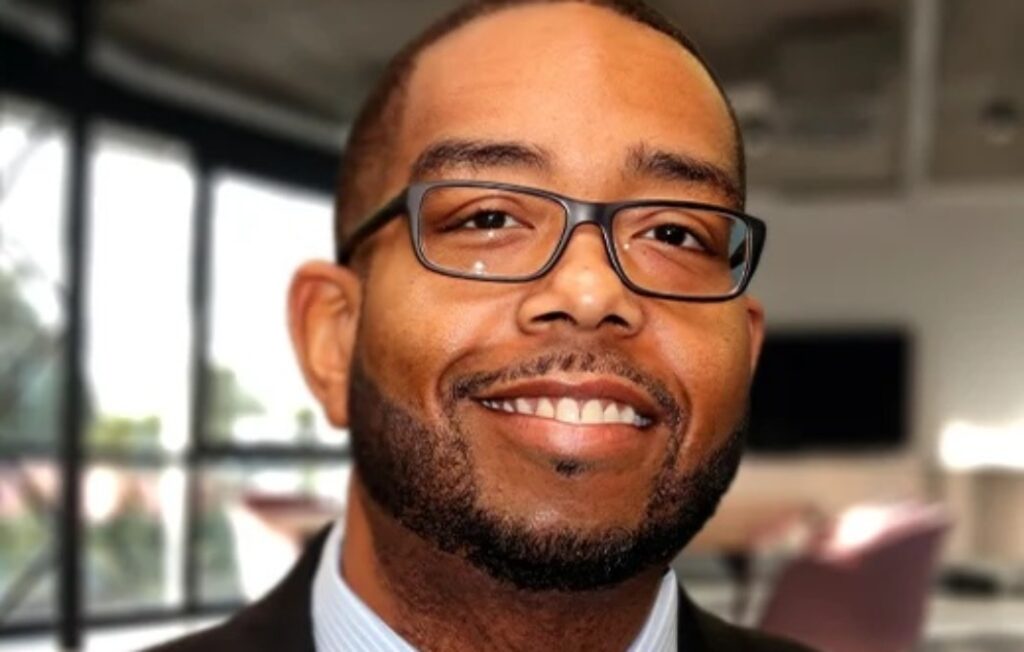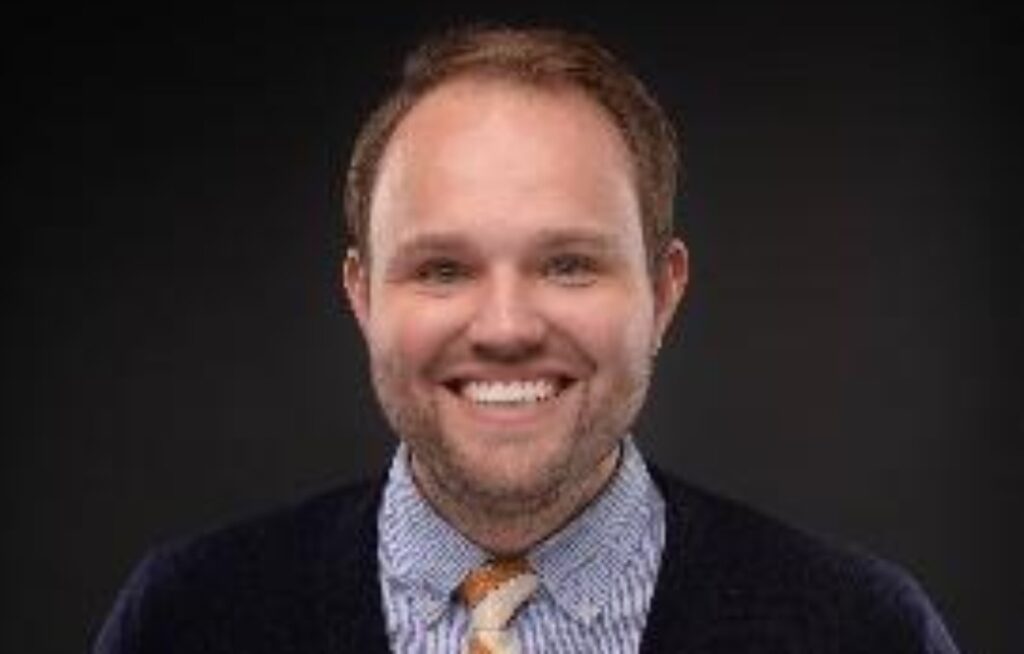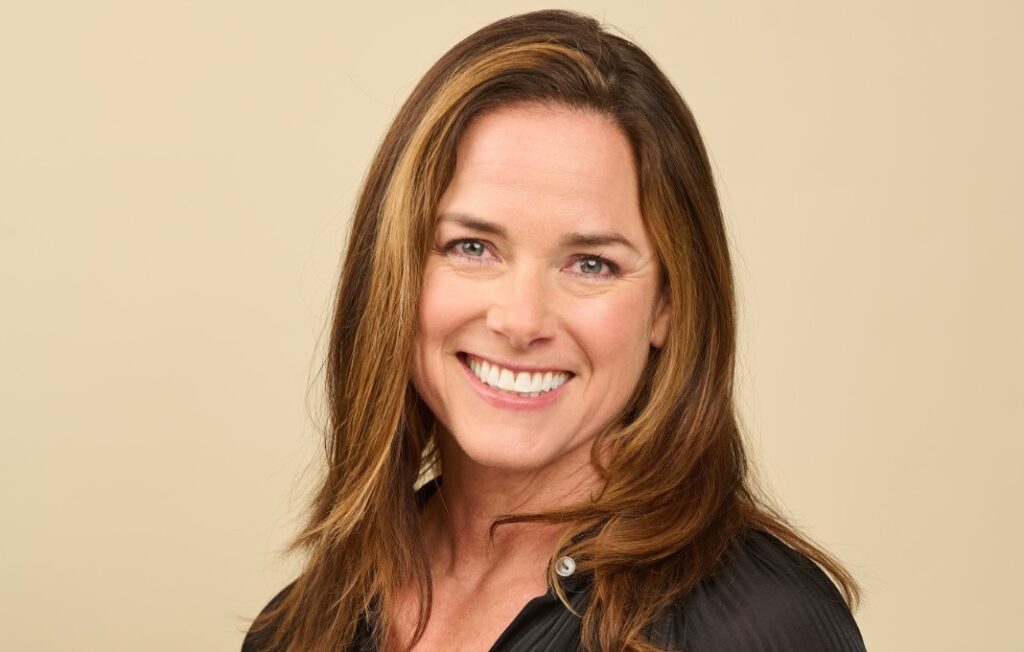Having a solid diversity, equity and inclusion plan is so much more than just dotting all the Is and crossing all the Ts to comply with anti-discrimination laws, says Andrew Botwin, an executive and leadership coach and founder of Strategy People Culture Consulting in Florham Park, New Jersey. It starts with honest internal conversations.
Botwin spoke with StrategicCHRO360 about what those conversations should entail, how DEI is part of creating a culture that attracts new employees and what it means to “re-recruit” current staff.
What should leaders think about when implementing DEI efforts into their organizations?
DEI has become front and center for so many organizations. Where I have seen organizations struggle turning this conversation into meaningful action the most is in two basic phases. First, too many companies are not having honest conversations with themselves about why they are doing this. For example, is it a reaction to the political and social environment surrounding us? Or is it because they believe it is the right thing to do? Or is it because doing so will give them some set of competitive advantages, etc? Not answering these questions is like saying we want to build a house without planning it—let’s just give someone some money and send them to Home Depot.
Secondly, too many companies are diving with two feet into the deep end without a goal in mind. I am not talking about just having metrics—though that would be helpful. Rather, leaders should be taking their why and coming up with a plan around how they are going to achieve this. Are we going to be slow and methodical or are we going to be very aggressive? With the plan will come the budget in terms of soft and hard costs not only for right now—but what about three and five years from now? What is the vision?
Are there any blind spots that you see leaders have in implementing their DEI efforts?
Absolutely. This is a very politically, socially and emotionally charged topic. It is undeniable that people have been put at advantages or disadvantages over decades, centuries and millenniums as a result of lack of equity and inclusion based on various issues such as race, background and gender. With that, resentment and confusion build at minimum subconsciously with people and no one I have ever met says, “I want to be disadvantaged in life.”
The last few years there has been a lot of talk about having the conversation. As someone that has a boutique and unique specialization around harassment and discrimination in the workplace, I see a real danger with the way some people have approached the conversation.
Workplace protections stemming from the Civil Rights Act of 1964 and augmented over the years basically say you cannot treat people differently because of a protected classification if it negatively impacts the work environment. Enter DEI, which is now saying, let’s talk about our differences. It is clear both the DEI conversation and protecting rights against harassment and discrimination can coexist; I fear some employers aren’t looking at both collectively.
What should leaders consider to more effectively find talent, as recruiting has become an increasing challenge for so many companies?
It is hard to be in business circles today without hearing about the squeeze many employers are facing in recruiting. What I commonly see happen is the work gets pushed to the people who are in-house and if you are recruiting, you are likely short-handed, putting more strain on the people you have. In many cases the greater workload should be put on everyone who is there, after all, that is what a team is supposed to do. However, what is the company’s leadership doing to focus on the culture?
The best way to recruit is by creating a world-class culture, an organization where turnover is lower primarily because employees are engaged and connected to the business. While recruiting and interviewing is largely a guessing game between the employer and prospective employee when it comes to a mutual fit, having a defined culture will help give clarity for everyone to hiring more effectively and mitigating the misfires, and lower the strain on the recruiting process.
There is an old adage that good news spreads and bad news spreads exponentially. If you have a culture that people are going to want to join, that will spread and if you have a culture where people do not want to join, that will spread too.
What mistakes do you see companies making in their recruiting efforts?
Where is the re-recruiting effort of the current employees? One of the best ways to help your recruiting effort is to ensure you don’t lose the internal knowledge, skills and talents that already exist within your organization. This does not mean there should not be any turnover. However, if you are an organization that wants to be filled with “A” and “B” performers, what are you doing to re-recruit those people?
Do all of your “A” and “B” performers know they are wanted the way you hope someone you are looking to recruit from the outside will hopefully feel? Are there “C” performers that you can differentiate from those that with some help can become “B” performers, from those that do not have that potential for a variety of reasons?
Even companies that promote from within often miss the forest through the trees, by not focusing on engaging their current staff and recruiting them on a regular basis. Once a company is focused on re-recruiting, there is a lot of synergy that can be created with the external recruiting effort to make a big difference.








